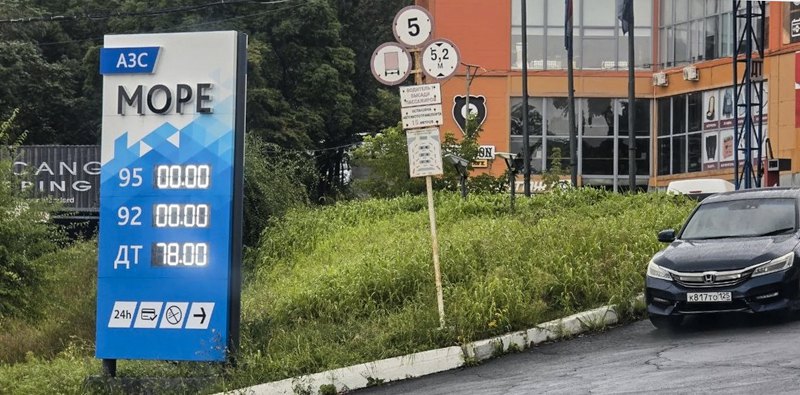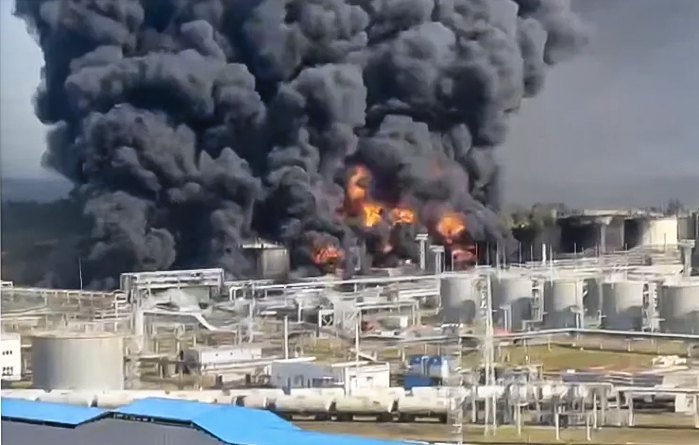
Naturally, strikes on oil refining and storage facilities continue — an oil depot in Feodosia is on fire: at least four large tanks have been destroyed, and three more are on fire. This is the same depot where 12 tanks were destroyed in a raid in 2024.
Last year, we did not have the opportunity to spend fifty long-range drones on the thermal power plant and a dozen GMRLS packages on the substation — it was unclear how to help, the Alliance's high-precision stocks were at a minimum, and production was just getting underway.
In addition, striking deep into the Russian Federation with Western weapons was only permitted as part of the Kursk operation, i.e. at the request of tactical commanders, and not as part of strategic strikes, and there were not even enough long-range drones for the oil refinery.
But today, Europe will pay the US for weapons under the PURL (Prioritised Ukraine Requirements List) initiative, and Washington has invested an additional four billion (the programme has already exceeded 13 billion in total) in GMRLS and plans to produce 19,000 ‘pencils’ by the end of the year.
Ukrainian long-range drones have knocked out 25% of fuel production and are approaching 30% — there are factories that have been hit more than three times. All this means a serious shortage in the market — about a 12% drop in rail transport of petroleum products.
At the same time, there was enough for the southern branch of Russian Railways, the arsenals of the Main Missile and Artillery Directorate, which are important not only for storage but also for workshops for dismantling and re-equipping ammunition, and for military-industrial complex factories.
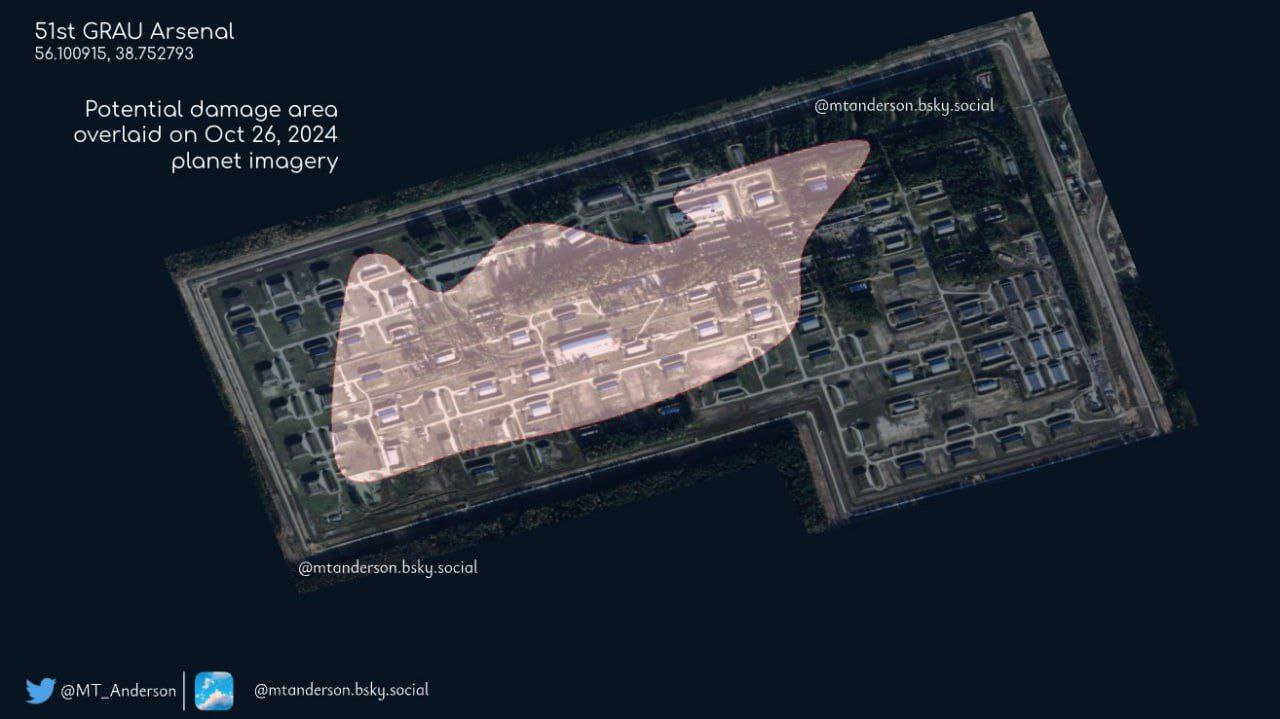
In general, our AN-196 Lyutyy UAVs and other weapons have taken shape and can even reach Perm and Tyumen, so there will be enough equipment for the machine rooms or transformers of large cities, and there are still ERAM transmissions from the United States ahead.
Therefore, strikes against the Russian Federation's energy sector are inevitable.
This coincides with an increase in the production of high-precision weapons in the West, the new US administration's understanding that no one in Russia wants to stop, and a sharp increase in Ukraine's capabilities for diplomatic strikes.
A dozen and a half large substations and three dozen thermal power plants in the European part are too tempting a target to ignore.
And if you want to talk about terrorism, Russians need to quickly flip through their explanations from previous years — about denazification, about ‘forcing to surrender,’ about dual purpose and legitimacy of goals.
The task is simple. It is known that in 2019, 490 million roubles, or 6 million dollars at current prices, were spent on modernising the Luch thermal power plant to replace Russian gas turbine generators and upgrade British ones.
Of course, they are not the only ones there, so the cost of modernisation could now reach $20-25 million.
All this is part of Rosatom's subsidiary: the Kremlin oligarchs' favourite story is to spread the costs across the budget and pocket the profits.
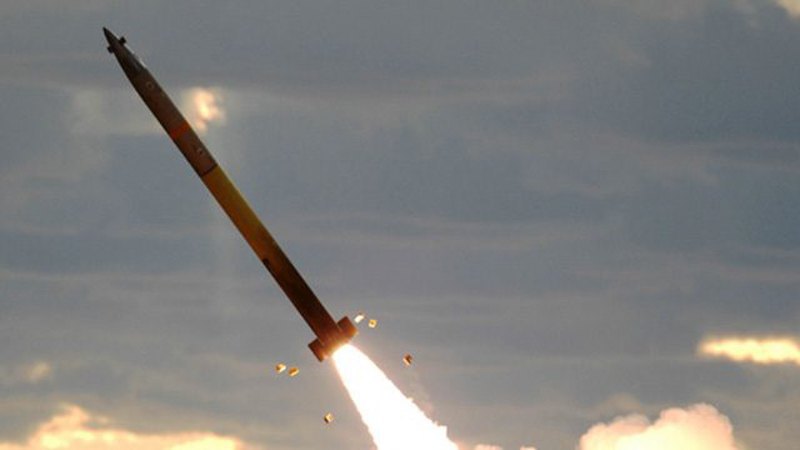
The M31 missile package cost the Ukrainian budget zero dollars, while the European or American budget paid up to a million.
Can you feel the difference and the perspective?
The chances that gas turbine generators survived a direct hit without serious damage are zero. Because a 90 kg warhead that exploded in a seven-metre radius is bound to cause damage.
The question is, which will run out faster — Moscow's gold and foreign exchange reserves with its secret economic indicators and 20-litre petrol ration per person, or the EU's capabilities with its sixth of the world economy?
The European Union will soon be spending a total of €750 billion on defence, while Moscow was unable to spend more than €150 million in a difficult war.
Plus, the US position has changed — we can obviously work on the Russian's infrastructure, not just on radar stations in Crimea or Main Missile and Artillery Directorate arsenals.
Why did our request mention Tomahawks when we have Neptunes, Flamingos, our own drones and the Coalition's drones?
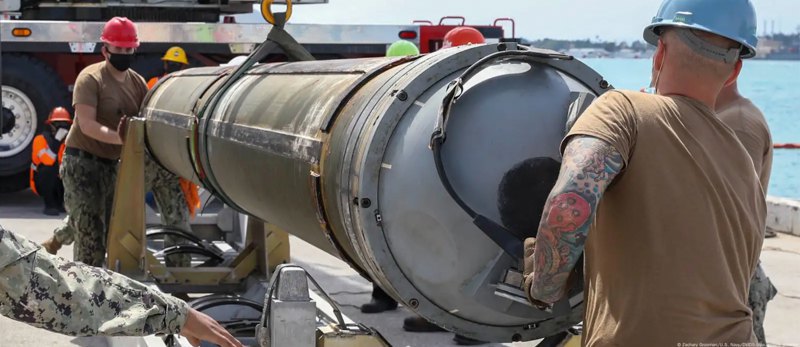
Firstly, tonnage — we are currently knocking out an oil refinery column on average per month with a few pennies for repairs, but we could simply demolish it, forcing them to rebuild.
Secondly, thanks to its ultra-low altitude, digital terrain maps and anti-missile manoeuvres, Tomahawk can penetrate well-protected air defence targets such as key ports, liquefied gas terminals and others, while the palliative will continue to work on weakly protected targets.
And availability is important. At the peak of an air offensive, we need firepower here and now, not at the end of the month, when manufacturers or allies will have assembled it — currently, most products in the Russian Federation are sold off the shelf.
But Tomahawks are fine, sitting in warehouses, waiting for their moment. It doesn't even have to be Block 5, the previous ones will do. And it is also realistic to find one ground-launch battery out of the two available and three in production. To destroy any oil refinery within a radius of 1000+ km in a few days, turn it into a mountain of fiery scrap metal and see if they want to continue fighting.
But regardless of whether Washington gives us the ‘axes’ or not, the strikes on the Russian Federation will continue — and things will get more interesting.
Last year, we could only receive energy, but now we will be able to ship it. And it will be like with the refinery — first laughter (and Russia knows that it has been hit hard in terms of processing), and then a 25% reduction in capacity and a fuel shortage.
